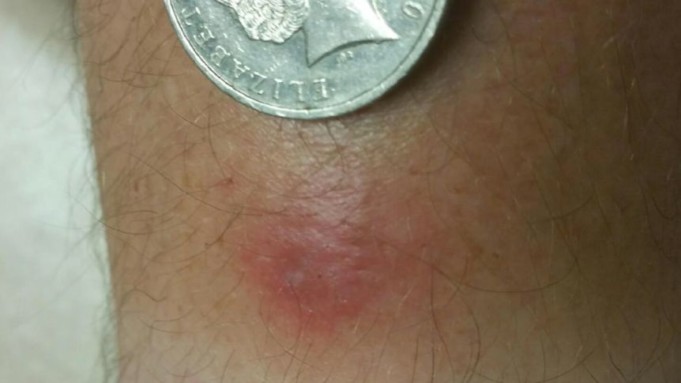Buruli ulcer is painless subcutaneous edematous nodule or dermal papule which forms an extensive necrotic ulcer with damaged edges. It is prevalent in the tropics of West and Central Africa.
It is a Neglected Tropical Disease (NTD) and it is also common in Japan and Australia. Buruli ulcer is reported in more than 33 countries of the world.
The microbe Mycobacterium ulcerans is responsible for this condition. It causes a chronic, necrotizing, and debilitating disease of the skin and soft tissues of the body. In some cases, it affects the bones.
Buruli ulcer is the third most infectious disease in the world after tuberculosis and leprosy. Children between the ages of 5-15 years of age are more prone to this condition.
Other names for Buruli ulcer are Searl ulcer, Mossman ulcer, Daintree ulcer, and Bairnsdale ulcer.
Causes of Buruli Ulcer
Buruli ulcer is believed to be caused by a dirty environment. The Mycobacterium ulcerans is the microbe behind this necrotizing disease. It is in the same family of microbes that cause tuberculosis and leprosy.
Mycobacterium ulcerans produces a toxin called mycolactone. This unique toxin is responsible for causing this ulcer. The mode of human-to-human transmission is not yet known.
This bacterium thrives at a temperature range of 29 – 330C and it needs a low concentration of oxygen (2.5%). At these favorable conditions, Mycobacterium ulcerans produces mycolactone, a dangerous toxin that inhibits the response of the immune system and causes tissue damage.
Signs and Symptoms of Buruli Ulcer
The first sin of Buruli ulcer is a painless swelling, also known as a nodule. It can also start as a plaque (a large painless area), or edema (a diffuse painless swelling of body parts like the arms, face, and legs).
The disease can progress without pain or fever. If it is not taken seriously and neglected, it can ulcerate within 4 weeks. This will affect the skin, soft tissues, and even the bones.
It also causes deformities. Other signs and symptoms to look out for are:
- One or more areas of the body with slow-growing and painless ulcer
Classes of Buruli Ulcers
This disease is classified into three groups:
- Class 1: Single small lesion (32%)
- Class 2: Non-ulcerative and ulcerative plaques, and Edematous forms (35%)
- Class 3: Disseminated and mixed forms like osteomyelitis, osteitis, and even joint involvement (33%).
Treatment Options For Buruli Ulcer
Conventionally, Buruli ulcer is treated using drugs (antibiotics) or surgery. The earlier the treatment, the higher the chances of healing and recovery.
In naturopathic medicine, the procedure is quite different. A lot of approaches are factored into the treatment. First and foremost, detoxification of the whole body is done.
Then diet is changed to help the body get all the nutrients it needs for healing while digestion, which takes up a lot of energy is reduced and all the energy channeled to the immune system.
This will also help the gut heal and hasten healing. Supplements are also given to boost healing and improve the nutritional status of the patient.
In naturopathic medicine, there are preconditions that must be set for the body to heal itself. All the necessary factors are considered and incorporated into the treatment.
And as you follow the instructions of your naturopath religiously, you will get your desired result.
Sources;
- Buruli ulcer; WHO













